on the road again
In a country crisscrossed by world class trekking routes, the Ausangate Circuit stands out as one of the best.
Between the Cordilleras Blanca, Huayhuash, Vilcabamba and Vilcanota Peru has plenty of trekking routes to choose from, that’s for sure. But few lend themselves ideally to bikepacking. The eastern side of the Huayhuash and the Salkantay trek are two that we have done where the ratio of hike-a-bike to riding works out favourably and offers a deeply memorable back country riding experience.
But the Ausangate Circuit (the highlight of the Tres Cordilleras bikepacking route) has emerged as a clear favourite for us, offering as it does a complete circuit of an alpine massif with fairly straightforward hike-a-bikes up the passes, which are rewarded with blissfully good singletrack descents. The package is completed with spectacular views of the 6000m peaks of the Cordillera Vilcanota throughout, along with llama and alpaca dotted grasslands. Abundant water and endless camping options make the logistics simple and flexible.
We rode the circuit anti-clockwise (it rides best that way) and then linked it into a high traverse along to one of Perú’s iconic landscape features, Rainbow Mountain and Valle Rojo, before returning to our ‘basecamp’ at Pitumarca. See map at end of post.
We left Cusco via the highway route to Pitumarca, stopping for the night in Urcos. Unknown to us there was a casa de ciclistas (voluntary cyclist accommodation) there, offered by a young fellow called Omar. A friend of Omar’s had called him to tell him that we were approaching town, so when we arrived, Omar intercepted us and offered us a room, gratis, in his extremely modest home for the night. A cycling enthusiast, Omar works for the local municipality and has just recently opened his simple mud brick home to travelling cyclists. We were very grateful for a room for the night and enjoyed his company over dinner down in the village.
Leaving Cusco was the first time we’d ridden our new Otso Voytek’s loaded, but we were immediately impressed with how they handled with a week’s food on board, as well as all our usual travelling kit. They’re a stable and comfortable bike loaded and we could not wait to test them further on the trails of Ausangate.
On the second day we arrived in Pitumarca which was to be our basecamp for our Ausangate/Rainbow Mountain adventure. Here we bought a few extra supplies and left some extra kit such as laptop, hard drives and extra freeze-dri food we’d take once we continued on the Tres Cordilleras route southbound. Our planned route through Ausangate and Rainbow Mountain would pop us out of the hills just 15km up valley from Pitumarca, so it would be an easy ride back to collect our gear. We would then taxi back to the continuation of the Tres Cordilleras near Chillca.
Pitumarca was busy with annual festivities and lots of campesinos had come down from the surrounding mountains in their best traje (traditional dress) to be part of the rituals and celebrations.
From Pitumarca at 3562m we had a 36 km ride up to Chillca at 4322m. Although we thought of this leg as ‘the ride to the ride’ it’s a stunning section itself as the wiggly dirt road climbs (1500m overall) up through the valley, passing small mud brick settlements, grazing alpacas and some nice canyon country.
Finally, just before Chillca, Ausangate itself came into view, a bulk of gleaming ice and snow that loomed over the alpine grasslands surrounding us.
The village of Chillca was to be our advance basecamp for a day of rest and acclimatisation before we headed up to the first 5000m pass of the Ausangate Circuit. Until leaving Cusco three days earlier, we’d only ridden our bikes four times in the previous two months and not above 3700m, so some reacclimatisation was essential.
We picked a quiet spot by a stream on the edge of the village and made ourselves at home. It was a perfect location to stay for two nights.
Chillca’s a very small village, but it has three tiendas where you can buy basic supplies, including eggs and sometimes vege’s and fruit. Gasoline is available here too.
Northbounders on the Tres Cordilleras route should note that if you are doing the Ausangate circuit, Chillca is only a short detour and you can resupply with basics, as long as you are not too fussy.
The ancient, crumbling church is the most interesting feature of the village, but we enjoyed relaxing here and watching the few locals go about their daily routines of leading their alpaca herds out to graze for the day.
The southern hemisphere winter sky is amazing at this time of the year, with the Milky Way extremely bright in the sky as early as 7.30pm. The nights in Chillca were cold though, with -10c recorded two nights in a row.
On our second evening we were joined by our friend Federico Cabrera (Their Only Portrait) who had just made the crossing over from Tinke on the other side of the range, following the Ausangate Traverse route, and was planning to meet some companions and head to Rainbow Mountain next.
After our acclimatisation day we were feeling pretty good so we set off early the next morning following dirt road and double track around the eastern side of Ausangate, towards Campa Pass at 5076m.
A landscape of rich colours, made more vivid by the high altitude sunlight and clear air.
The road stopped at a small cluster of rough farm houses and the pushing began.
But every step brought us closer to the mountains and every bend revealed a new view.
After the initial push we mostly rode, sometimes following foot trails and sometimes just route finding across the open pampa, passing ruins as well as the odd remote farm house.
Views like this were ample distraction from the effort of riding and pushing our bikes to over 5000m. Being acclimatised well to 4300m, but not beyond made it a hard effort as our muscles begged for more oxygen.
But with the pass finally behind us, 100% rideable singletrack descended rapidly towards a series of small lakes.
A blissful and exhilarating reward and end to the day.
We made camp at the first flat spot we found and watched the mountain tops turn orange with the last of the light.
And not long after the Milky Way curled across the sky in all its brilliance. We’d been expecting to meet our friend Brendan (picsporadic) at the Otorongo campsite, but it wasn’t until sometime after dark that he rolled into camp by the light of his headtorch. He’d missed his planned exit from the bus (intending to ride from Tinke), and so with a late start had time trialled in on his full suspension bike from Chillca. We first met Brendan, a talented bike racer, in Guatemala where he runs a mountain bike guiding business.
The warmth of the morning sun soon melted the frost off the tents and warmed our skin while we absorbed the sublime surroundings.
No better way to start a day of mountain biking than with a singletrack downhill.
After the descent we climbed over a small ridge, dropped into a basin and then made a long gentle climb and sidle, mostly across open puna, towards the SW side of the mountain. Apart from a few trekkers first thing in the morning, we seemed to have the place all to ourselves.
The sidle eventually dropped us into a deep valley and the base of the next pass. A steady ride and push got us to the top and into some spectacular open country that makes a perfect playground for mountain bikes. You can ride almost anywhere across this sort of terrain.
Despite being lower than our previous day’s highpoint and only 400-odd metres higher than Chillca Hana and I both began suffering mild AMS, with the classic symptoms of mild nausea, headache, lack of appetite and low energy. We took diamox for the main climb up the pass which helped us breathe a bit better, but we both still felt generally weak. The colds that we’d both picked up right before leaving Cusco weren’t helping things either, with Hana developing a chesty cough. The nausea was enough that chewing coca leaves (which I often do at altitude) just made me gag.
But what a place to feel rubbish!
We struggled through a couple more hike-a-bikes high around the edge of a lake and then dropped down to camp at Hatun Pucacocha for the night, right by the edge of its red-tinged waters.
And beneath the towering icefalls of the south face of Ausangate.
Blue hour brought a delicate alpenglow as we settled in for the night, unfortunately barely able to eat. But it was a beautiful place to wake in the morning, with warm sunshine and total calm.
Still feeling bad that morning Hana and I both struggled up the final pass of the circuit, but once again the grovel was soon forgotten as a serpentine singletrack dropped us into the next valley and a lower elevation.
Our original plan had been to continue towards Rainbow Mountain that day, but with Hana and I feeling terrible (I’d developed stomach problems too) we decided to cut the day short and drop as low as we could for a day of rest and recovery. Back on the main dirt road we parted ways with Brendan and made the short ride to Chillca where we pitched the tent and basically collapsed for 24 hours. We improved a bit throughout the next day and the following day decided to continue with the original plan which meant a gradual climb from 4300m to 5000m.
We decided to take it very easy, as we both still had mild AMS, and split the already modest distance to Rainbow Mountain and Valle Rojo into two. The first part of the ride followed rough dirt road into a broad valley until the road terminated and the singletrack began.
A short sharp hike-a-bike brought us into the upper valley, just over 4700m, where there is a government built lodge (closed at the time) and a trekkers campsite. We’d only covered 10 km but did not want to camp any higher so we found a sandy spot among the boulders to camp and called it a day. It was a beautiful spot to spend the night, with craggy peaks in every direction.
And viscachas for company. These rock hopping rabbit-like creatures live among the moraine and boulder fields at high altitude.
In the morning we still had barely any appetite, but we weren’t feeling any worse, so we decided to continue. Even here at 4800m there was a hardy couple living in a stone hut, with their flock of alpaca that graze the surrounding hillsides.
With a frigid wind blowing, and both struggling for air we pushed the bikes up to Warmisaya Pass (5008m). It was the main climb for the day and we were happy to get it behind us.
A steep singletrack descent dropped us from the pass down to a small laguna and then we began the final climb towards Rainbow Mountain.
After a brief section of hike-a-bike we could ride again, following beautiful singletrack that sidled gradually uphill, with amazing views in every direction.
And finally Rainbow Mountain drew close, its colourful strata looming above us. The wind blew the chatter of excited tourists over the ridge as we approached, and we felt equal measures exhausted and satisfied that we had persisted with the plan.
We crossed through the narrow pass at the base of the mountain and below to the north could see the ant-like trail of tourists heading up and down from the pass. A cluster of people stood on the small windswept hill opposite, snapping photos and posing in front of the iconic stripes of La Montaña se Siete Colores. It was an extertaining scene after so much relative solitude the previous days.
A number of villagers set up small stalls here each day selling soft drinks, beer, coca tea and the Peruvian staple, chicharron de alpaca (deep fried alpaca and potatoes), so we wasted no time tucking into a serving, our appetites suddenly tempted by the thought of something other than chocolate, granola bars and freeze-dri.
After an hour at the saddle below Rainbow Mountain, eating, drinking coca tea and hiding from the freezing wind, we continued towards Valle Rojo. A singletrack sidled uphill towards another pass, which we crossed to a spellbinding view of an ancient landscape of eroded mud and sandstones, blended with the rich green of the tussock lands and layers of strata. While Rainbow Mountain is singular in its perfection — and rightfully popular — this view was even more spectacular for the rich colours and the erosion of the land.
We rode on into an hallucinogenic landscape, following sandy singletrack along the richly coloured mountain slopes, stopping often to absorb the perfection of it all.
A bikepacker’s (and photographer’s) paradise.
And nearly all rideable.
We made camp that night on the edge of a cirque, with a laguna and small stream providing a water supply, while the landscape provided ample entertainment.
And the shadows and colours deepened around us.
We rode across the floor of the cirque in the morning and then pushed the bikes up the final steep pass of the route. Looking forward to the long descent that would follow.
From the pass it was rideable right away.
And a long and varied descent dropped us from 4980m to the main valley at 3960m. From there 15km of gravel road led downhill to Pitumarca.
In the richer air of Pitumarca our appetites immediately returned, the headaches gone and we tucked into a typical Peruvian almuerzo (lunch) of hearty soup, rice and chicken. Pitumarca is not served by much more than the basics, so to get a complete recovery, we decided to leave the bikes there and bus back to Cusco (140km) for a couple of nights, before bussing back, then taxiing back to Chillca and resuming the Ruta de las Tres Cordilleras towards Bolivia.
Hope you enjoyed the read. It’s great to be back on the bikes. More from us and the Tres Cordilleras soon.
Thanks to Cass Gilbert and Michael Dammer for writing up the Ausangate Circuit and Ruta de las Tres Cordilleras. Read more on bikepacking.com.
Do you enjoy our blog content? Find it useful?
Creating content for this site – as much as we love it – adds to travel costs. Every small donation helps, and your contributions motivate us to work on more bicycle travel-related content.
Thanks to Otso Cycles, Big Agnes, Revelate Designs, Kathmandu, Hope Technology, Biomaxa and Pureflow.



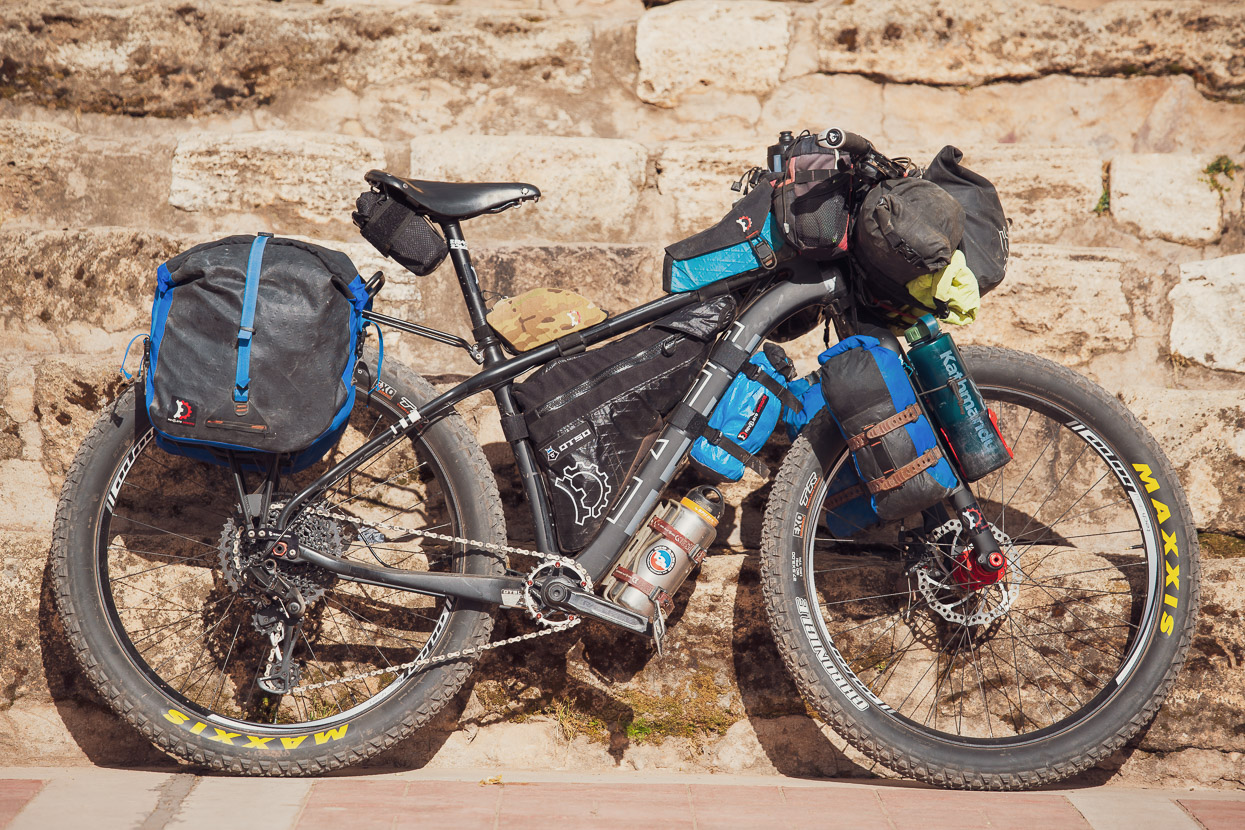
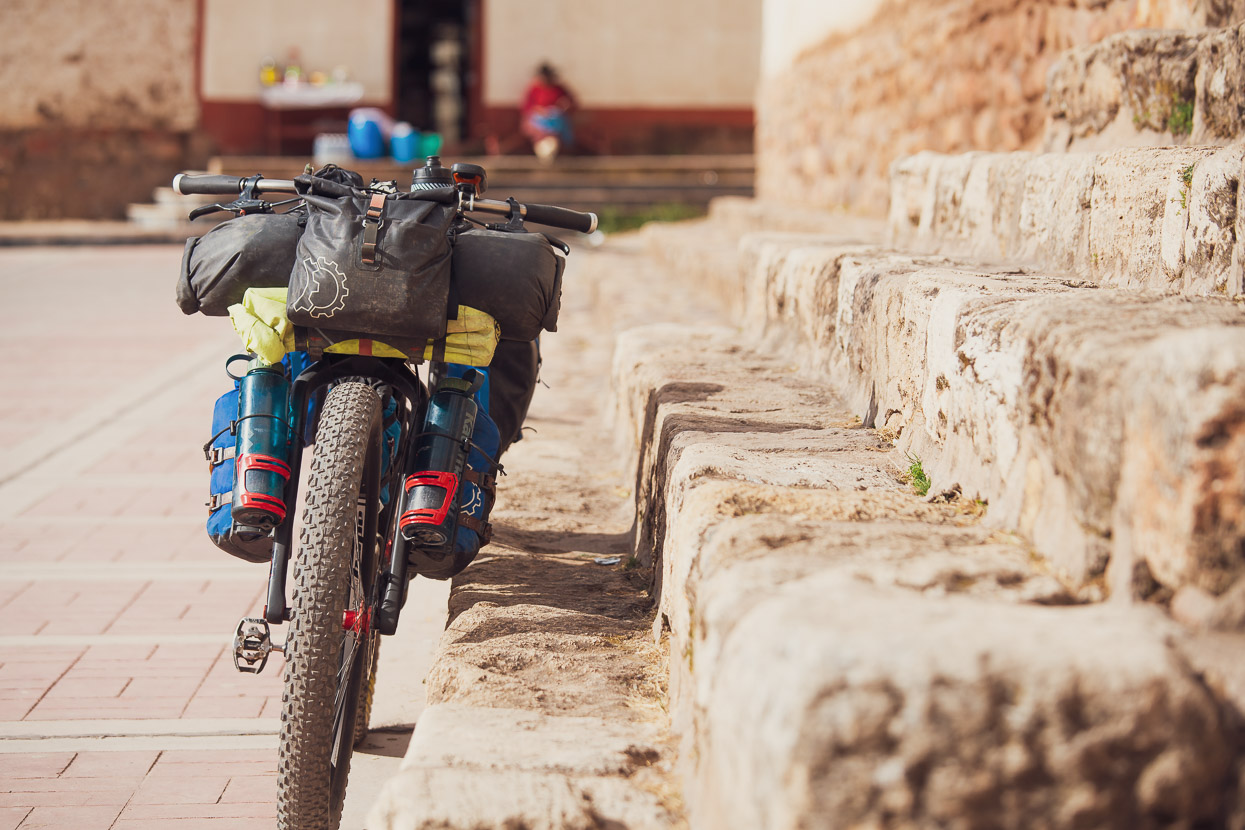

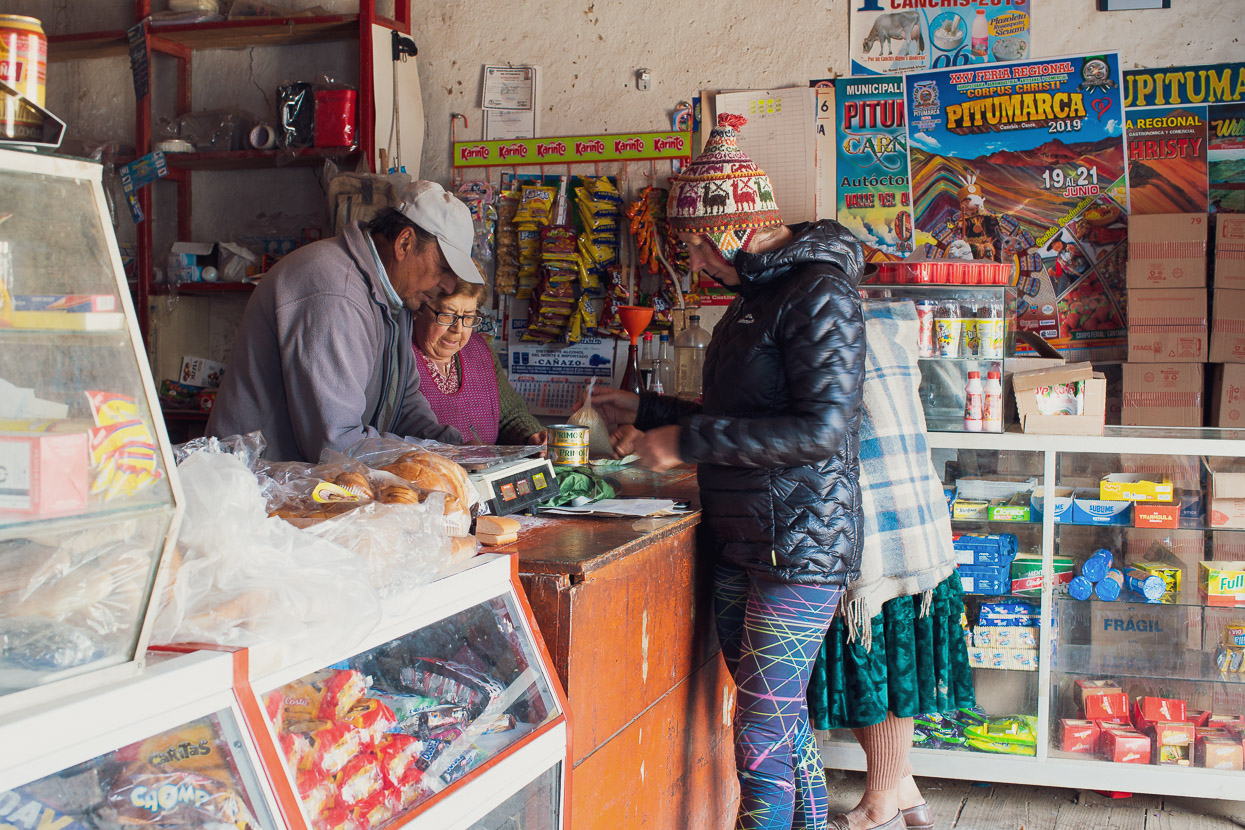






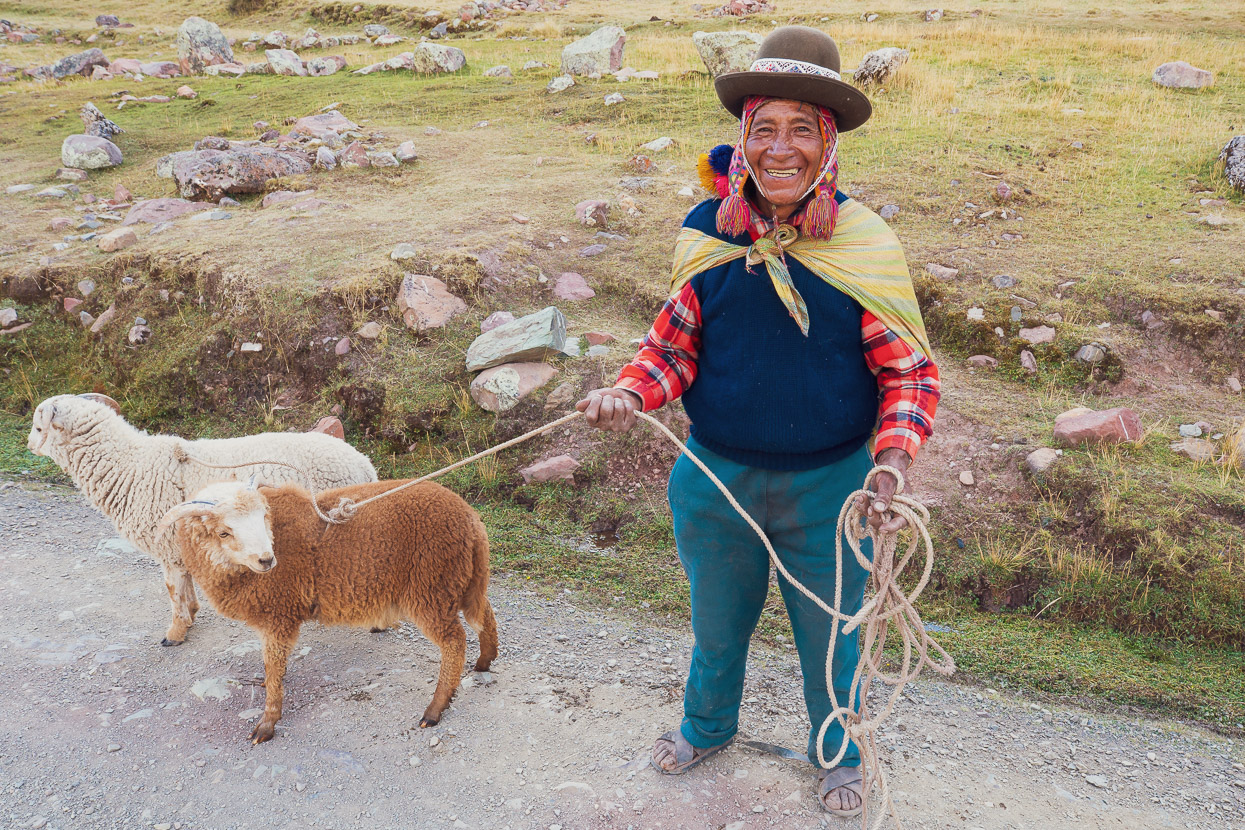














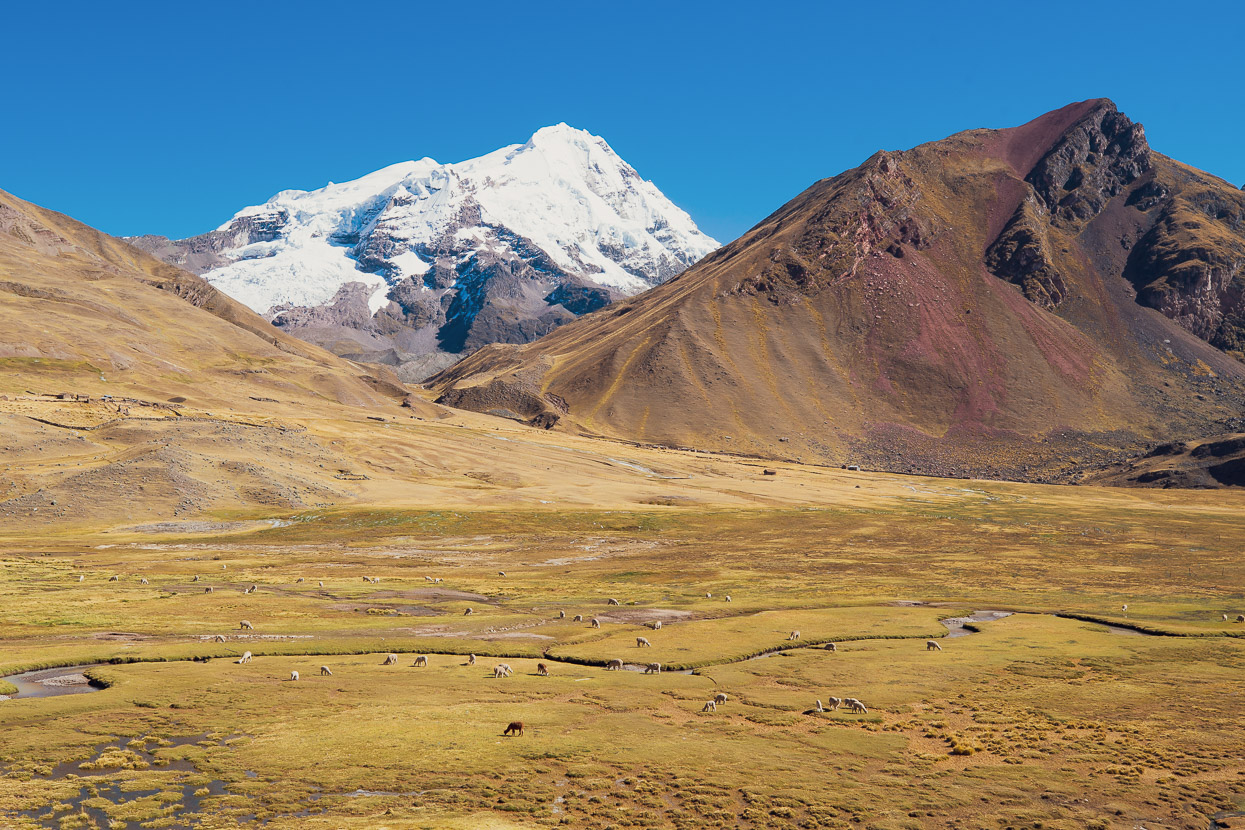












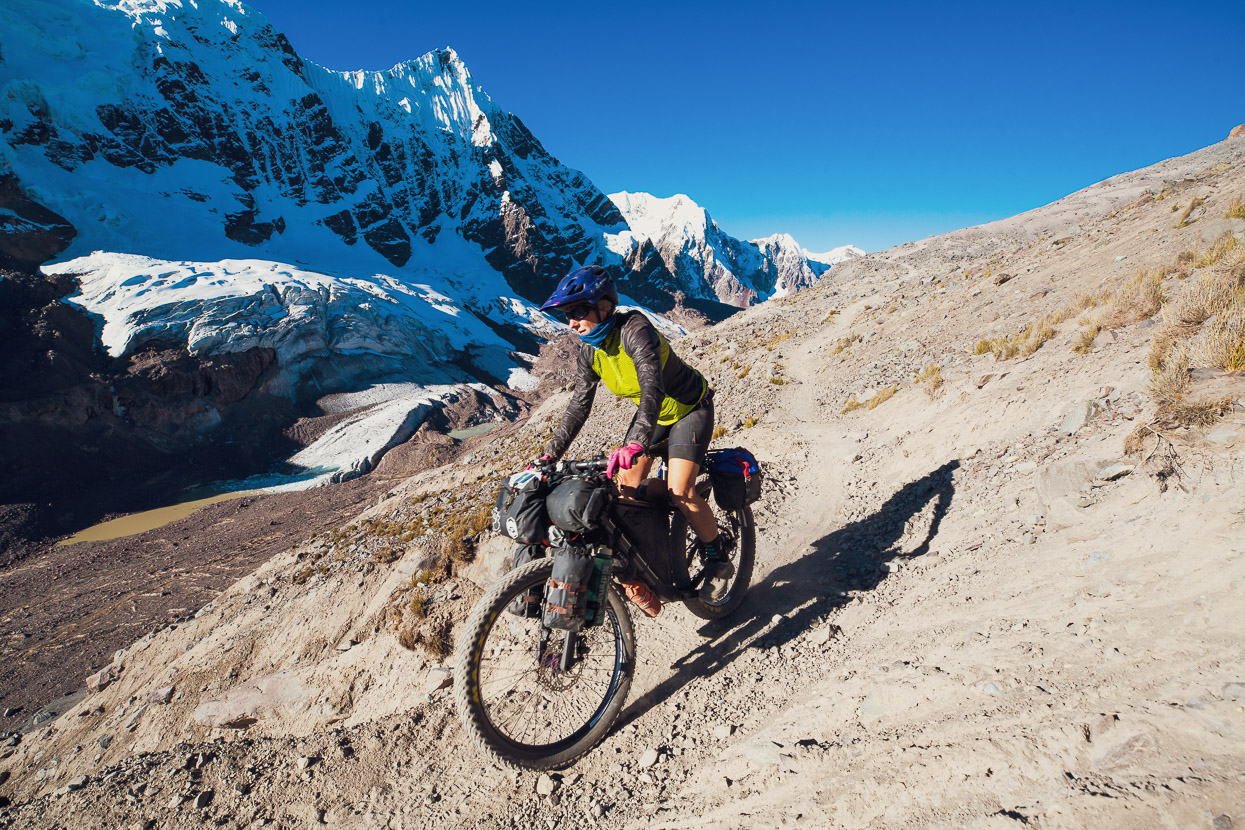










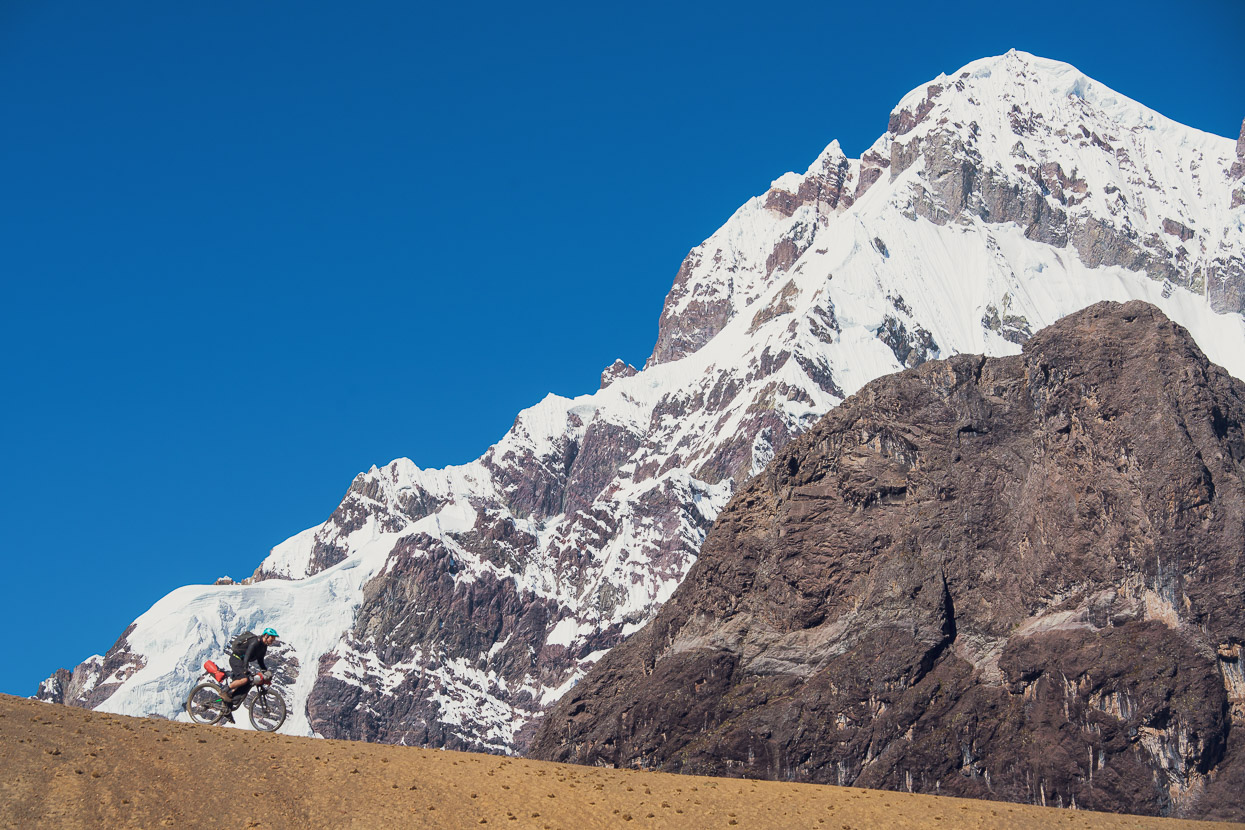
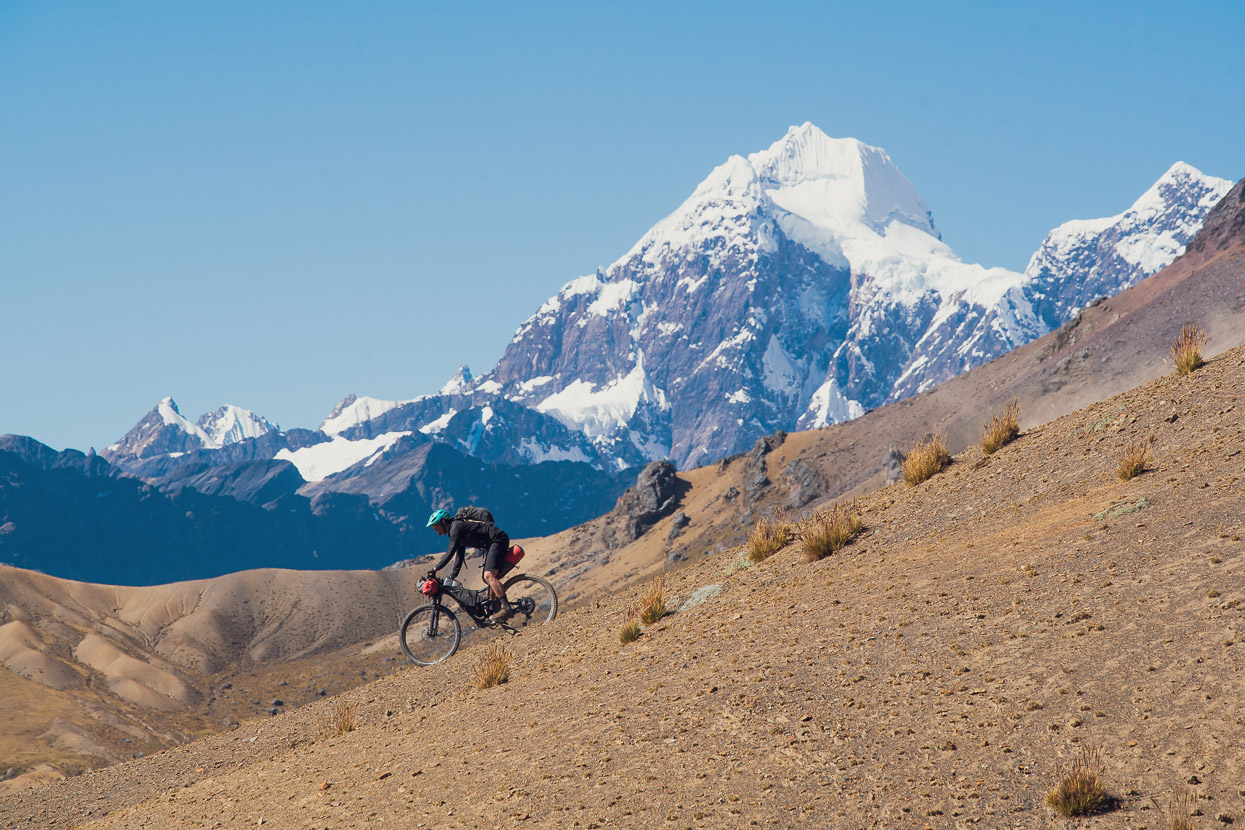



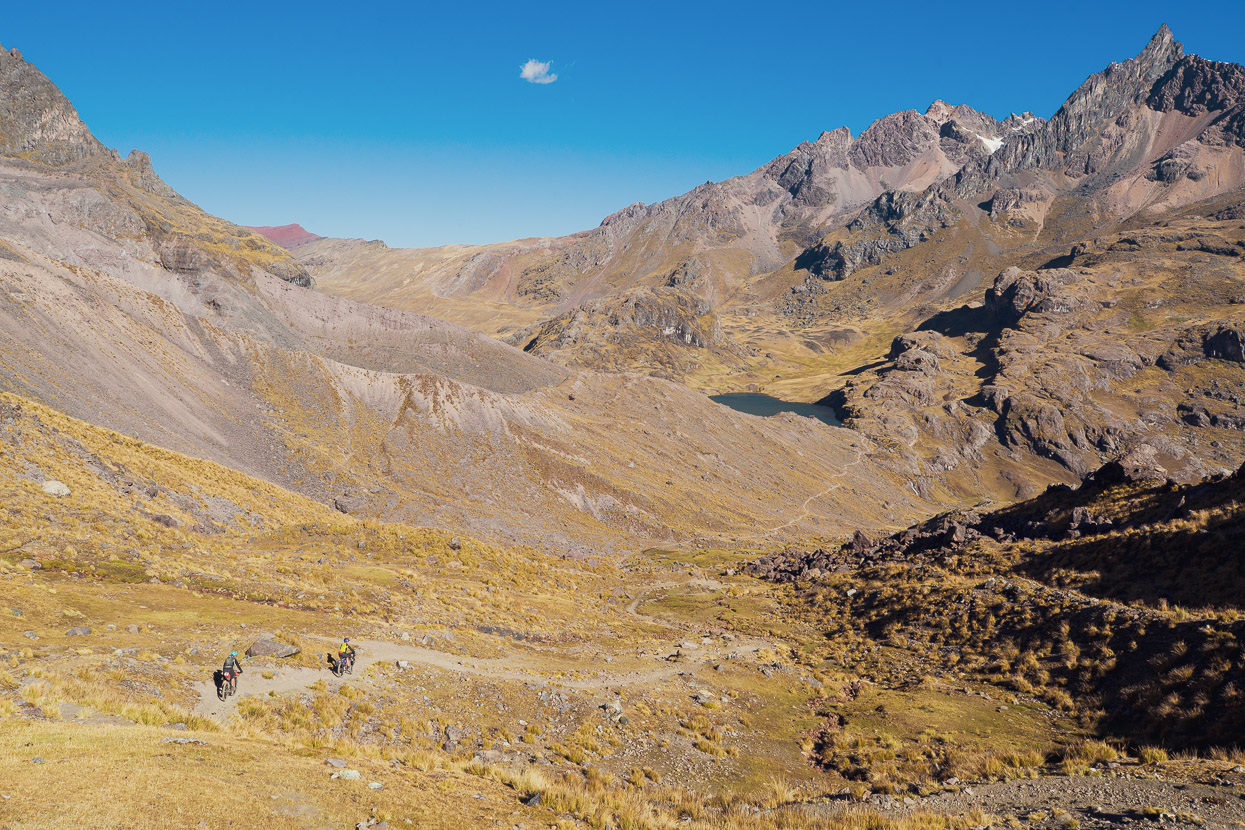












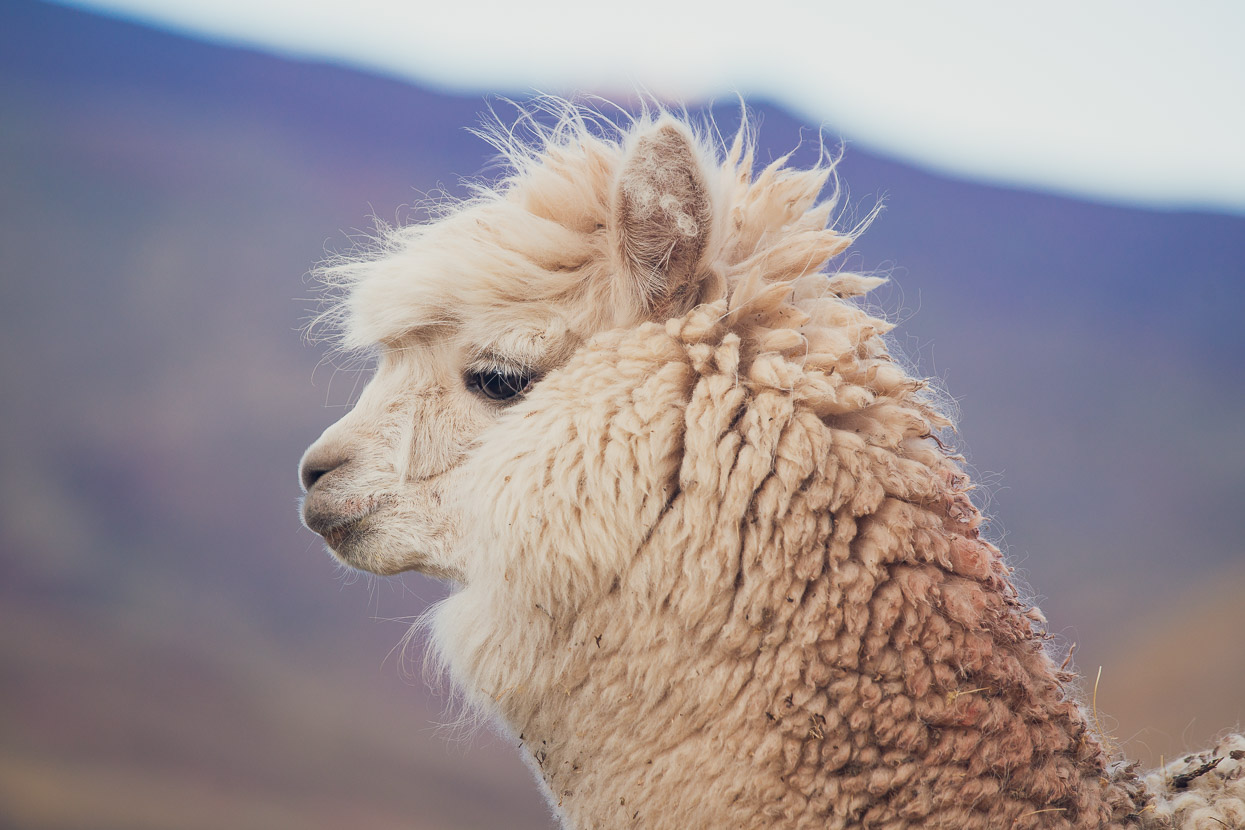






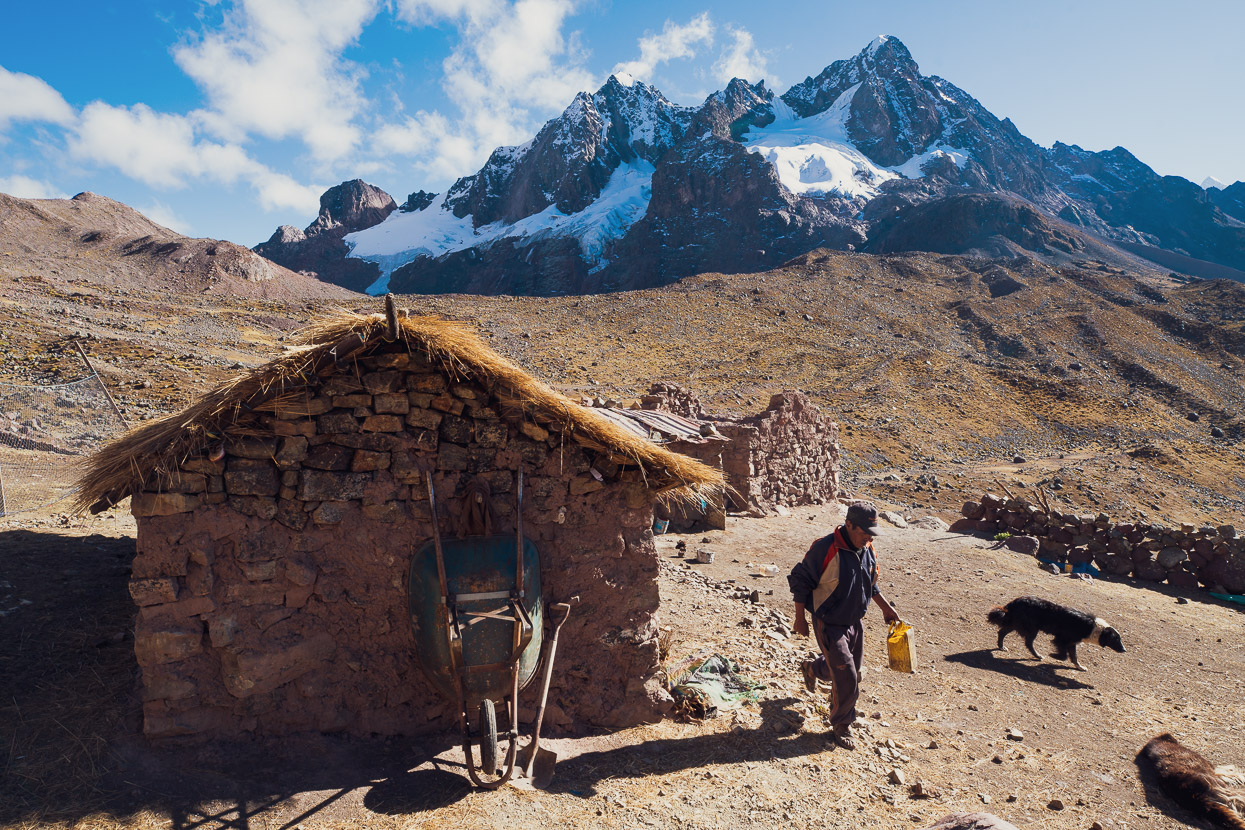



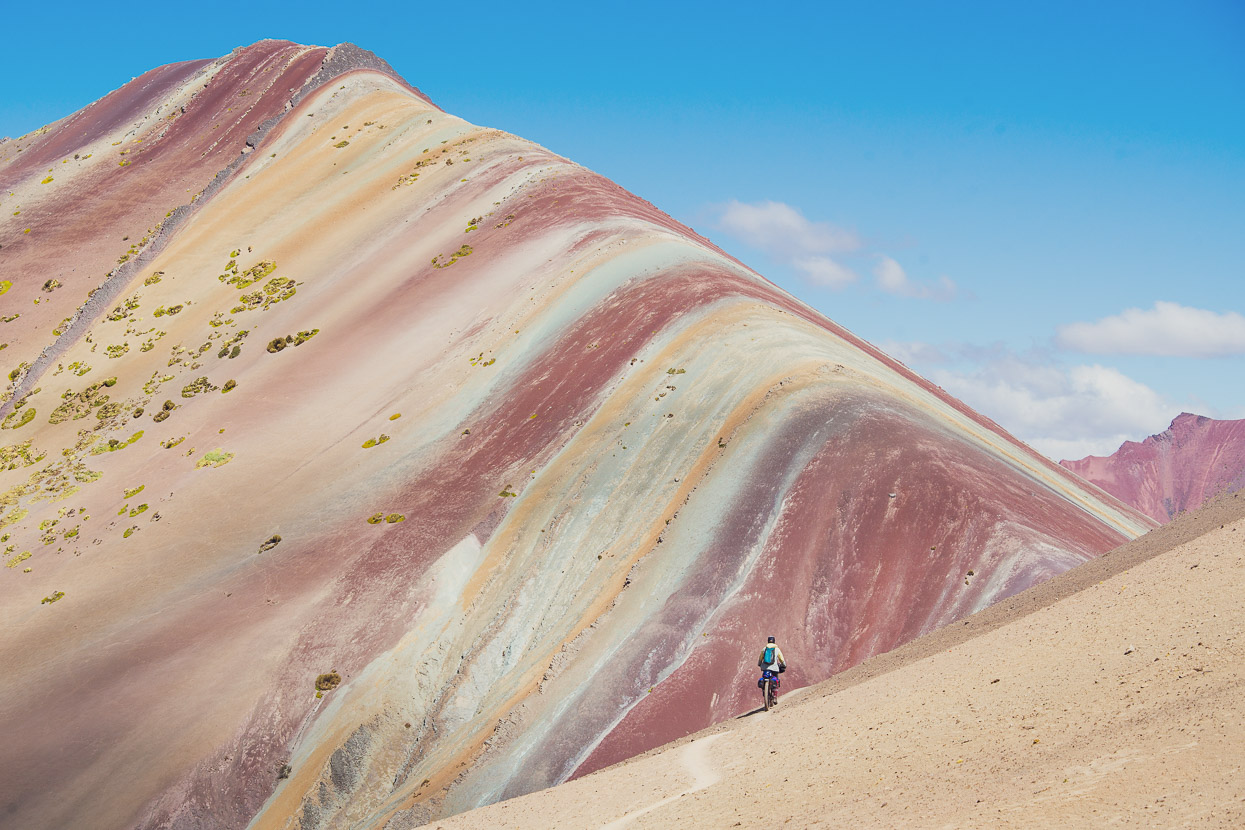



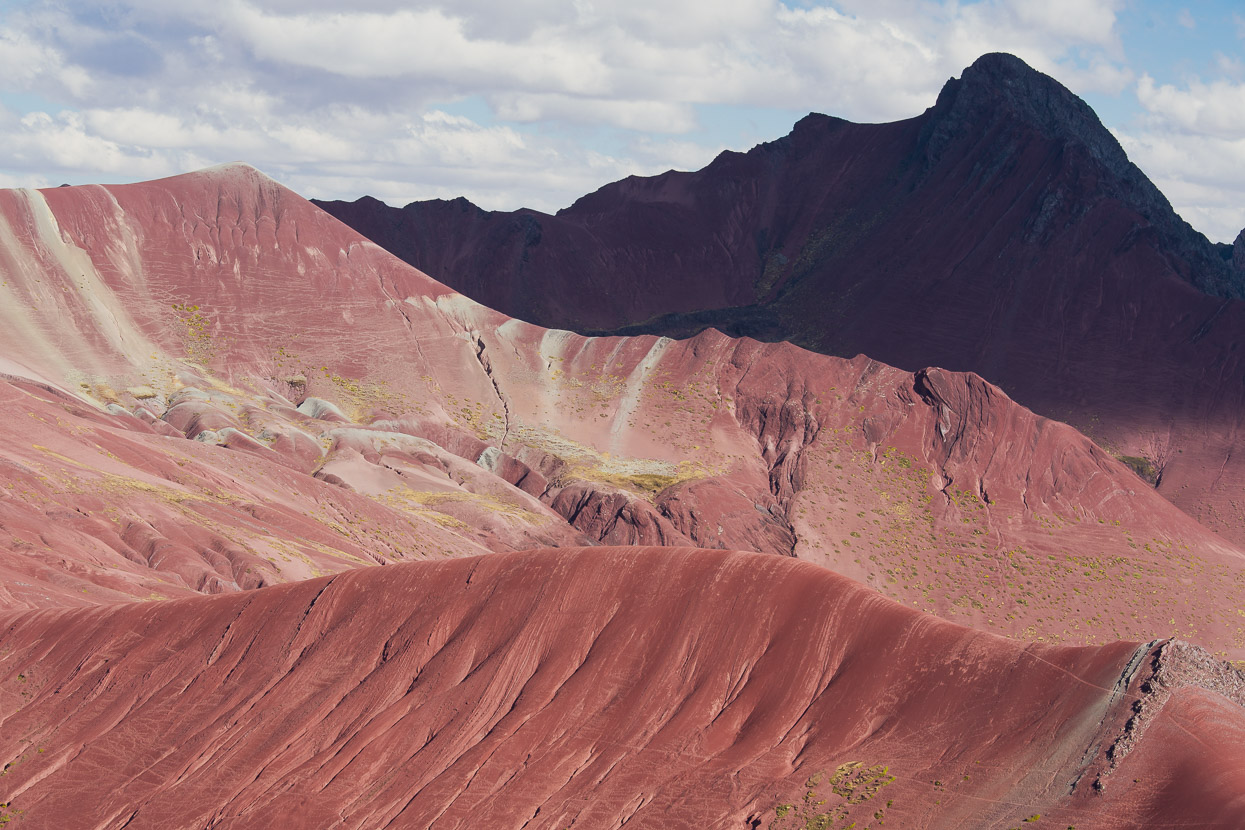



















Absolutely in awe of your adventures. Your text glosses the tough stuff and your photos show the world as paradise. You blanket the difficulties with layers of intense beauty.